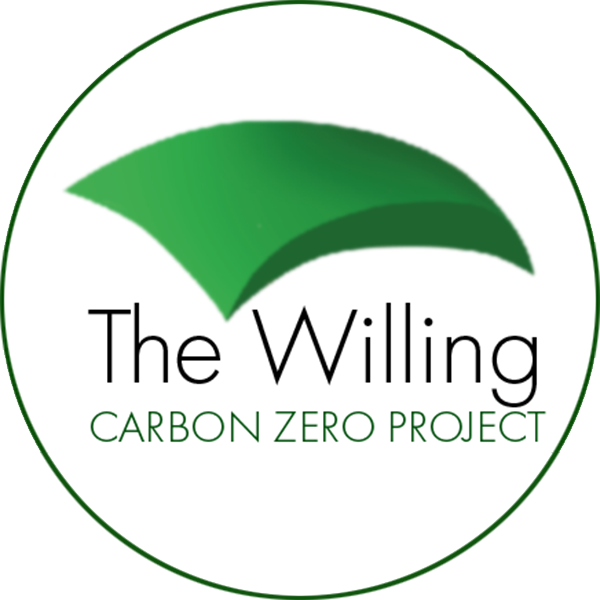Eco features: Solar Thermal + Solar PV + Well insulated
Andrew and Fiona live in a 4 bedroomed house in Pevensey.
Approximately ten years ago they had 16 solar PV panels installed to generate electricity. The solar PV panels provide enough electricity to run an electric car, an electric bike and an electric cooker as well as other household items.
Three years ago they had two solar thermal panels installed on their roof to heat their hot water.

Solar Thermal
- The Kit: Two 2m2 Wagner flat plate solar collectors, with pump to transfer the heat to the hot water cylinder, plus expansion chambers. The collectors have a dark anodized coating on an aluminium frame which gives them the appearance of skylights.
- The total cost: £3735
(includes all fixtures and fitting) - This cost excludes the hot water cylinder which was needed to store water collected.
- Suppliers/fitters: DH Solar Engineering
- Outcomes: The solar thermal system supplies all their hot water needs throughout the summer, and partially heats water during the winter. The estimated energy supplied by this system annually is 1654 kWh
- Grants: Solar thermal systems are eligible for repayments under the Renewable Heating Incentive Scheme. This works out at £331.80 a year for seven years, or a total of £2322.55. This goes a long way to offset the original outlay and is in addition to the savings they make through reduced energy bills. The RHI scheme is open for new applications until March 2022.
- For more information on Solar thermal see the Energy Saving Trust website.
- Andrew talks about his experience with their solar thermal system in the video below.


The hot water storage cylinder with expansion chambers and pipework.
Solar PV panels
They have 16 solar PV panels: Eight on the front roof and eight on a South West facing roof.
The solar panels have a capacity to provide a maximum of 3.7KWh of electricity at any one time, (the amount generated depends upon the amount of sunlight, the angle of sunlight, time of day and year.)
The predicted total amount of energy generated during the year was 3,000 kWh per year. The actual output has been 32,000 kWh over 10 years, so better than predicted.
They bought their solar panels ten years ago when feed-in tariffs were at their peak. Under their FIT (feed in tariff) contract they get paid 55p per KWh generated and an extra 4p per kWh that is deemed surplus to their needs and gets automatically exported to the grid.

Insulation
The house has cavity wall insulation and over the years Andrew and Fiona have been improving the insulation adding Celotex panels and rock wool into roof spaces and other voids. All their windows are now double-glazed and they have thick curtains to draw across their doors and windows on cold nights.





